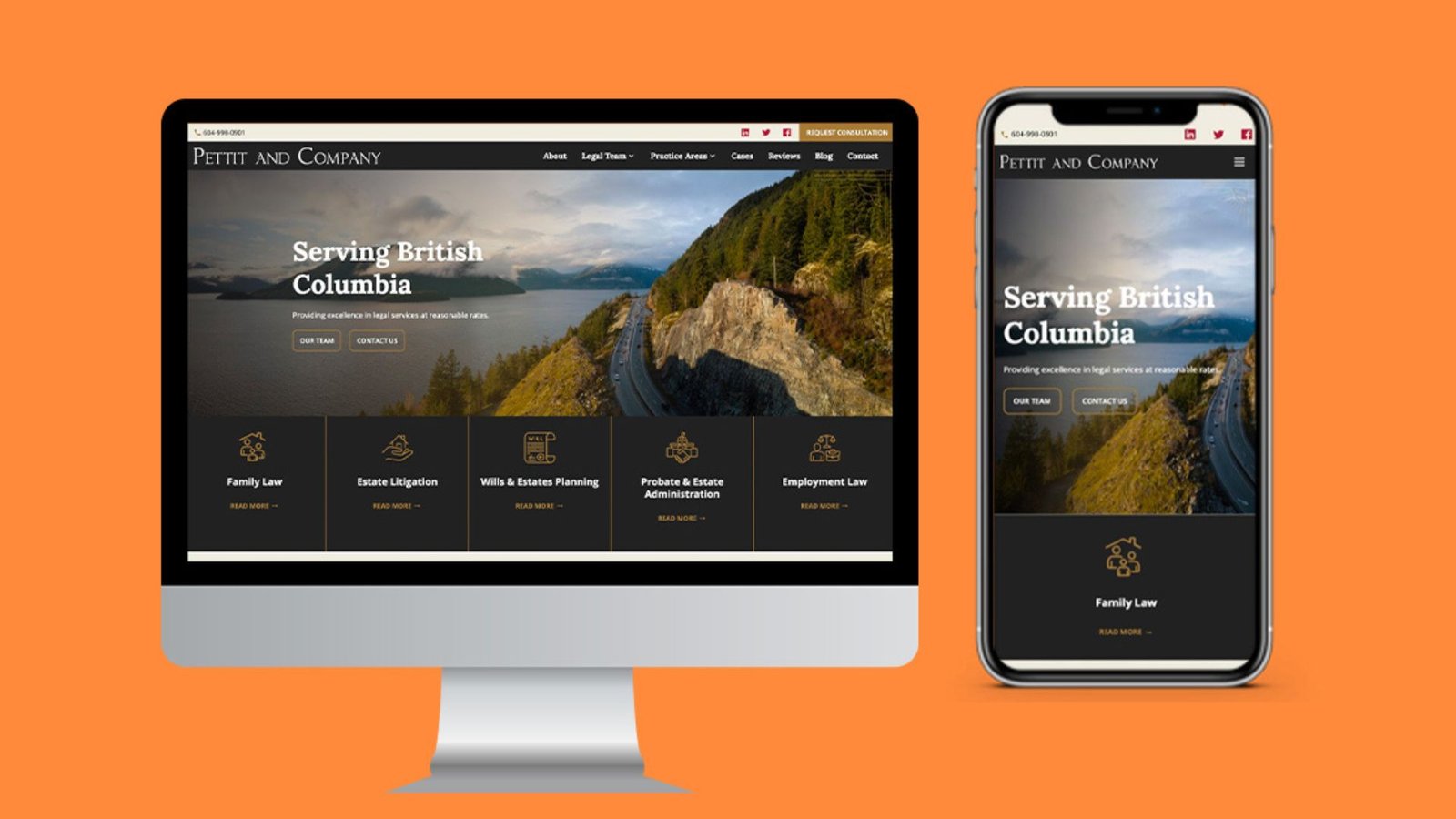Mobile web development is critical in today’s digital landscape, where users increasingly access websites via smartphones and tablets. Crafting an effective mobile web experience involves several key strategies to ensure that your site is responsive, fast, and user-friendly. Here’s a guide to help you optimize your mobile web development practices.

1. Adopt a Mobile-First Approach
Prioritize Mobile Design
Starting with a mobile-first approach means designing and developing your website primarily for mobile devices before scaling up to larger screens. This strategy ensures that your site is optimized for the most constrained environment and improves usability across all devices.
Benefits of Mobile-First Design
- Performance Optimization: By focusing on mobile design first, you can streamline content and features, which enhances performance on all devices.
- Improved User Experience: A mobile-first approach helps create a more intuitive and responsive experience, leading to higher user satisfaction.
2. Implement Responsive Web Design
Use Fluid Grid Layouts
Responsive web design ensures that your website adapts to different screen sizes and orientations. Use fluid grid layouts to create a flexible design that adjusts based on the device’s width. This prevents horizontal scrolling and ensures that content is accessible and readable.
Apply Media Queries
Media queries are CSS techniques that apply styles based on the device’s characteristics, such as screen width, resolution, and orientation. Use media queries to adjust layouts, font sizes, and other design elements to fit various devices.
Flexible Images and Media
Ensure that images and media elements scale appropriately on different devices. Use responsive image techniques, such as the srcset attribute, to serve different image sizes based on the device’s screen resolution and size.
3. Optimize Page Speed
Minimize HTTP Requests
Reduce the number of HTTP requests by combining CSS and JavaScript files, and using CSS sprites for images. Fewer requests lead to faster page load times and improved performance.
Compress Files
Minify and compress CSS, JavaScript, and HTML files to reduce their size. Tools like UglifyJS for JavaScript and CSSNano for CSS can help with this. Additionally, use GZIP or Brotli compression to further decrease file sizes during transmission.
Leverage Browser Caching
Enable browser caching to store static resources locally on users’ devices. This reduces the need to re-download these resources on subsequent visits, speeding up load times and improving performance.
4. Design for Touch Interactions
Optimize Touch Targets
Ensure that interactive elements, such as buttons and links, are large enough and well-spaced to accommodate touch interactions. A minimum touch target size of 44×44 pixels is recommended to avoid accidental clicks.
Use Gestures and Feedback
Incorporate touch gestures, such as swipes and pinches, to enhance the user experience. Provide visual feedback for touch interactions, such as button states, to give users clear indications of their actions.
5. Enhance Mobile Navigation
Simplify Menus
Design a simple and intuitive navigation menu that’s easy to use on smaller screens. Consider using a hamburger menu or a bottom navigation bar to save screen space and make navigation more accessible.
Prioritize Content
Place the most important content and actions at the top of the page where users can easily access them. Prioritize key information and functionalities to ensure that users can quickly find what they need.
6. Ensure Accessibility
Implement Accessible Design
Design your mobile website with accessibility in mind. Ensure that it’s usable by people with disabilities by following web accessibility guidelines, such as WCAG (Web Content Accessibility Guidelines). This includes:
- Text Alternatives: Provide alternative text for images and media.
- Keyboard Navigation: Ensure that interactive elements are accessible via keyboard.
- Color Contrast: Use sufficient color contrast between text and background for readability.
Test with Screen Readers
Test your website with screen readers to ensure that it’s accessible to visually impaired users. Screen readers read out text and describe elements, so it’s important that your site’s content is well-structured and labeled.
7. Focus on Mobile SEO
Optimize for Local Search
Many mobile users search for local information, so optimize your website for local search by including location-specific keywords and providing accurate contact information. Use Google My Business to manage your local listing.
Improve Mobile Page Speed
Mobile search engine rankings are influenced by page speed. Ensure that your mobile site loads quickly by implementing performance optimization techniques, such as those mentioned earlier.
Use Structured Data
Incorporate structured data (schema markup) to help search engines understand your content and improve how your site appears in search results. This can enhance your visibility and attract more relevant traffic.
8. Test Across Devices and Browsers
Cross-Device Testing
Test your website on various devices and screen sizes to ensure that it performs well across different environments. Use tools like BrowserStack or Responsinator to simulate different devices and viewports.
Browser Compatibility
Ensure that your site is compatible with major browsers, including Chrome, Safari, Firefox, and Edge. Test your site to identify and fix any issues that may arise in different browsers.
9. Monitor and Analyze Performance
Use Analytics Tools
Implement analytics tools, such as Google Analytics, to track user behavior, performance metrics, and conversion rates on mobile devices. Analyze the data to identify areas for improvement and make informed decisions.
Gather User Feedback
Collect feedback from mobile users to gain insights into their experiences and challenges. Use surveys, feedback forms, and usability testing to understand their needs and preferences.
Conclusion
Effective mobile web development requires a focus on responsive design, performance optimization, touch interactions, and accessibility. By adopting a mobile-first approach, optimizing page speed, and enhancing mobile navigation, you can create a seamless and engaging experience for mobile users. Ensure that your site is thoroughly tested across devices and browsers, and use analytics and user feedback to continuously improve. These strategies will help you deliver a high-quality mobile web experience that meets the needs of today’s users.




